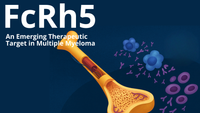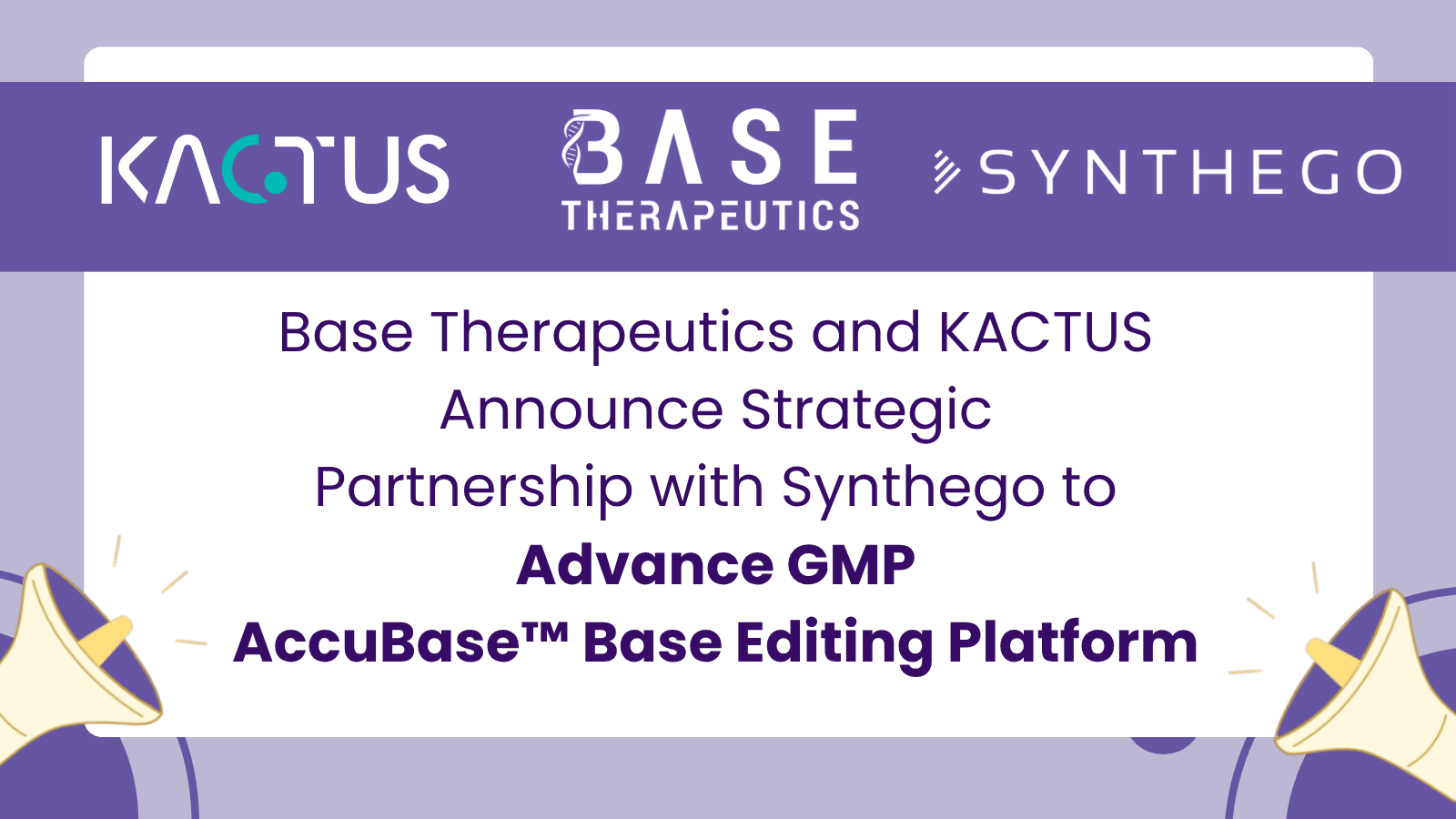GARP-TGF-β1 Monoclonal Antibody Clinical Trial Approved by FDA
By Mallory Griffin
On January 4, 2023, Shanghai Jiyu Pharmaceutical announced that the IND application for its Class 1 drug JYB1907, GARP-TGF-β1 monoclonal antibody injection, was approved by the FDA. It is intended to be used for the treatment of locally advanced or metastatic solid tumors. This is the first domestic GARP-TGF-β1 monoclonal antibody approved in the United States.
GARP-TGF-β1
GARP (Glycoprotein A repetitions predominant, also known as LRRC32 and D11S833E) is a receptor protein expressed on the surface of regulatory T cells (Tregs), platelets, and tumor cells. It is a type I transmembrane protein, and its ectodomain includes 20 leucine-rich repeats, which can bind to the latency-associated peptide (LAP) in latent TGF-β, putting it in a transient stable state.
GARP can also be hydrolyzed by proteases to a soluble form, and the GARP-TGF-β1 complex is released into the extracellular environment. When latent TGF-β binds to integrin αvβ8 or αvβ6 on the cell membrane, LAP becomes relaxed, resulting in the release of mature TGF-β1. Mature TGF-β1 can stimulate tumor cell proliferation and metastasis, induce new angiogenesis, inhibit immune cell infiltration, and lead to drug resistance of tumor cells.
In addition, high expression of GARP has also been found in many tumors with poor prognosis. Therefore, GARP-TGF -β1 is an important drug target. The above-mentioned JYB1907 is combined with GARP-TGF-β1 to block this process.

Figure 1. (Left) GARP-TGFβ1 complex. (Right) Integrin and GARP-mediated TGF-β1 activation principle and antibody blocking principle [1].
Drug Development of GARP-TGF-β1
Treatments targeting GARP-TGF-β1 have two directions. (1) For autoimmune diseases or transplant rejection, various methods can be used to activate Treg cells and weaken the autoimmune response. miRNA antagonists can be used to target GARP mRNA to prevent the degradation of mRNA and increase the expression of GARP on the membrane. TGF-β can also be activated directly by treatment with sGARP or sGARP and latent TGF-β1. (2) On the other hand, for cancer, treatment aims to suppress Treg cells and restart the immune response. For example, GARP monoclonal antibody can be used to reduce the activity of GARP-positive Treg cells or a monoclonal antibody targeting GARP-TGF-β1 complex can be used to inhibit the release of TGF-β1.

Figure 2. Therapeutic strategies targeting GARP-TGF-β1 [2].
There are currently no marketed drugs targeting GARP or GARP-TGF-β1 complexes, and the latest research stage right now is Phase I clinical trials. In addition to JYB1907 from Jiyu, there are also HLX60 developed by Henlius, DS-1055a from Daiichi Sankyo, and AbbVie's ABBV-151. HLX60 is the first GARP-targeted monoclonal antibody to enter clinical practice in China. In addition, Bristol Myers Squibb and Simcere Pharmaceuticals are in preclinical research with GARP-targeting drugs.
Therapies surrounding TGF-β continuously emerge. Targeting GARP or GARP-TGF-β1 complex interferes with the release or activation of TGF-β upstream, regulating the activity of immunosuppressive cells, and providing potential for various treatments.
KACTUS Products
KACTUS provides highly active recombinant GARP-TGF-β1 and integrin proteins, which can be applied to the development of drugs targeting GARP-TGF-β1. The products have the following advantages:
- High purity
- Multiple species including human, mouse and monkey
- Different tags and biotinylation modifications
- Proven biological activity
Product Data

Figure 3. Immobilized human GARP (Y137H) & latent TGF-β1 complex, His tag, at 5μg/mL (100μL/well) on the plate. Dose-response curve for anti-GARP & latent TGF-β1 antibody, hFc tag, with an EC50 of 24.8ng/mL determined by ELISA.

Figure 4. Immobilized cynomolgus GARP & latent TGF-β1 complex, His tag, at 2μg/mL (100μL/well) on the plate. Dose-response curve for anti-GARP & Latent TGF-β1 antibody, hFc tag, with the EC50 of 11.0ng/mL determined by ELISA.
Product List
References
[1] Liénart S, Merceron R, Vanderaa C, Lambert F, Colau D, Stockis J, van der Woning B, De Haard H, Saunders M, Coulie PG, Savvides SN, Lucas S. Structural basis of latent TGF-β1 presentation and activation by GARP on human regulatory T cells. Science. 2018 Nov 23;362(6417):952-956.
[2] Zimmer N, Trzeciak ER, Graefen B, Satoh K, Tuettenberg A. GARP as a Therapeutic Target for the Modulation of Regulatory T Cells in Cancer and Autoimmunity. Front Immunol. 2022 Jul 8;13:928450.
















